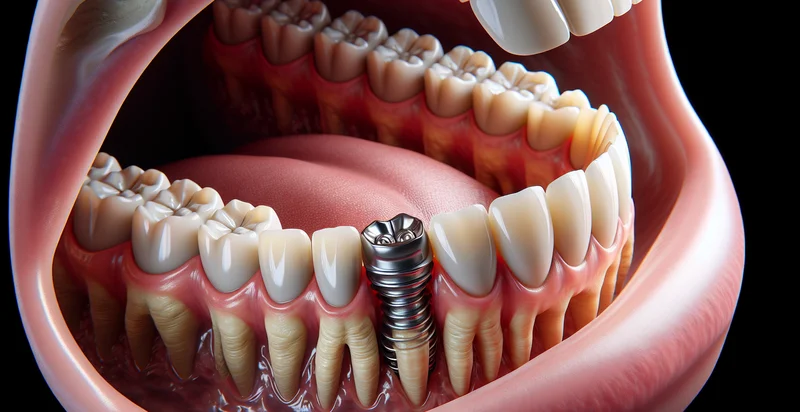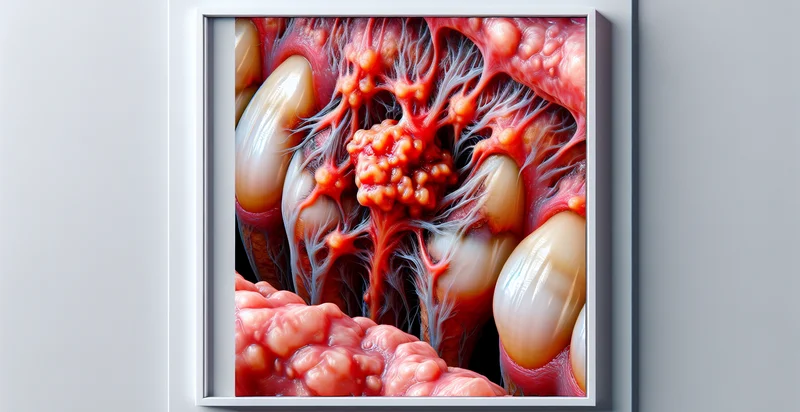Identify dental bridge fit
using AI
Below is a free classifier to identify dental bridge fit. Just upload your image, and our AI will predict if the dental bridge is fitting properly - in just seconds.

Contact us for API access
Or, use Nyckel to build highly-accurate custom classifiers in just minutes. No PhD required.
Get started
import nyckel
credentials = nyckel.Credentials("YOUR_CLIENT_ID", "YOUR_CLIENT_SECRET")
nyckel.invoke("dental-bridge-fit", "your_image_url", credentials)
fetch('https://www.nyckel.com/v1/functions/dental-bridge-fit/invoke', {
method: 'POST',
headers: {
'Authorization': 'Bearer ' + 'YOUR_BEARER_TOKEN',
'Content-Type': 'application/json',
},
body: JSON.stringify(
{"data": "your_image_url"}
)
})
.then(response => response.json())
.then(data => console.log(data));
curl -X POST \
-H "Content-Type: application/json" \
-H "Authorization: Bearer YOUR_BEARER_TOKEN" \
-d '{"data": "your_image_url"}' \
https://www.nyckel.com/v1/functions/dental-bridge-fit/invoke
How this classifier works
To start, upload your image. Our AI tool will then predict if the dental bridge is fitting properly.
This pretrained image model uses a Nyckel-created dataset and has 2 labels, including Poor Fit and Proper Fit.
We'll also show a confidence score (the higher the number, the more confident the AI model is around if the dental bridge is fitting properly).
Whether you're just curious or building dental bridge fit detection into your application, we hope our classifier proves helpful.
Related Classifiers
Need to identify dental bridge fit at scale?
Get API or Zapier access to this classifier for free. It's perfect for:
- Patient Diagnosis: The dental bridge fit identifier can be used by dentists to assess the suitability of a dental bridge for individual patients. By analyzing images of the patient’s dental structure, the system can provide insights into ideal bridge placement, helping to prevent potential complications after fitting.
- Treatment Planning: Dentists can utilize the identifier to enhance their treatment planning process. By examining the fit of a proposed dental bridge through image analysis, practitioners can tailor treatment options to improve patient outcomes and reduce the need for adjustments post-procedure.
- Quality Assurance: Dental laboratories can implement this classification function to ensure that completed bridges meet fit standards before they are sent to practitioners. This pre-delivery assessment can lead to improved quality of dental prosthetics, thus increasing overall patient satisfaction and reducing remakes.
- Training Tool: Dental schools can incorporate the bridge fit identifier into their training curriculum for students. By using the technology to evaluate sample cases, students can learn to identify proper fits and understand potential issues, enhancing their diagnostic skills.
- Remote Consultations: Teledentistry practices can leverage the identifier to facilitate remote consultations. By uploading images for analysis, practitioners can receive real-time evaluations of bridge fit, ensuring timely feedback and informed patient consultations without the need for in-person visits.
- Research and Development: Researchers can utilize the classification function in clinical studies to analyze the effectiveness of different dental bridge designs. By systematically evaluating the fit of various designs through image analysis, researchers can drive innovation and improvements in dental materials and techniques.
- Insurance Validation: Insurance companies can use the identifier to validate claims related to dental bridge procedures. By analyzing images submitted with claims, insurers can determine the appropriateness of the treatment and assess if it aligns with policy standards, streamlining the claims process.


